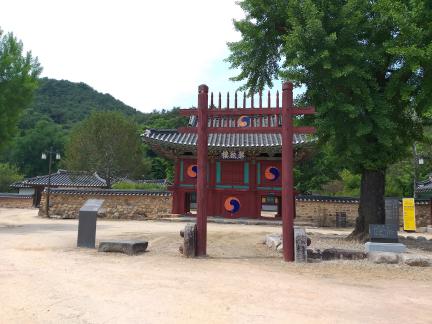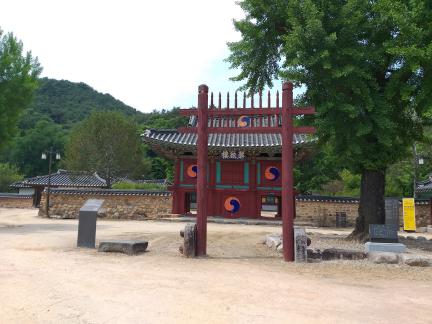국가유산 검색
사적
장성 필암서원 (長城 筆巖書院)Piramseowon Confucian Academy, Jangseong
| 분 류 | 유적건조물 / 교육문화 / 교육기관 / 서원 |
|---|---|
| 수량/면적 | 52,666.8㎡ |
| 지정(등록)일 | 1975.04.23 |
| 소 재 지 | 전남 장성군 황룡면 필암리 378-379번지 |
| 시 대 | 조선 중기 |
| 소유자(소유단체) | 필암서원 |
| 관리자(관리단체) | 장성군 |


사적
장성 필암서원 (長城 筆巖書院)Piramseowon Confucian Academy, Jangseong
| 분 류 | 유적건조물 / 교육문화 / 교육기관 / 서원 |
|---|---|
| 수량/면적 | 52,666.8㎡ |
| 지정(등록)일 | 1975.04.23 |
| 소 재 지 | 전남 장성군 황룡면 필암리 378-379번지 |
| 시 대 | 조선 중기 |
| 소유자(소유단체) | 필암서원 |
| 관리자(관리단체) | 장성군 |

ⓒ 2000. KOREA HERITAGE SERVICE. ALL RIGHTS RESERVED.



 국가유산
국가유산


